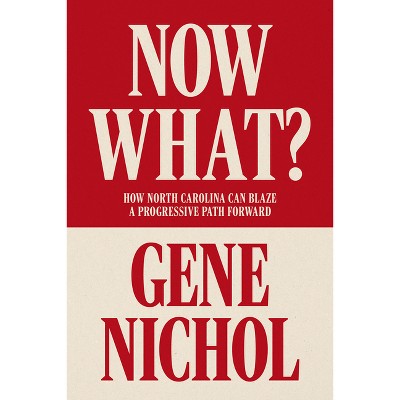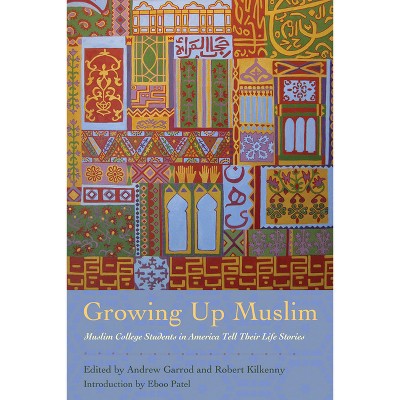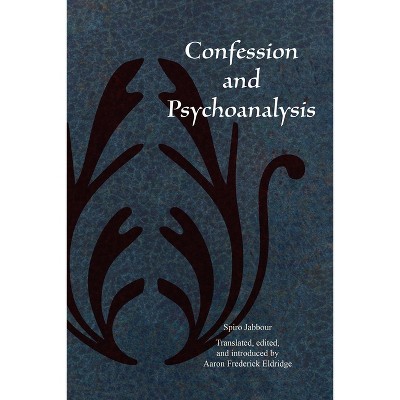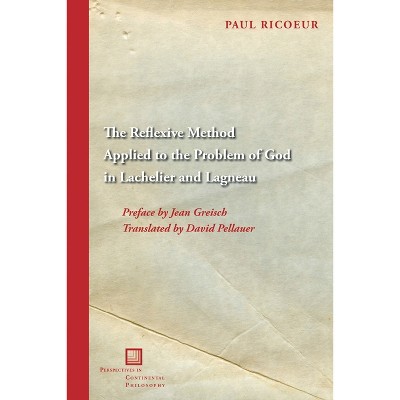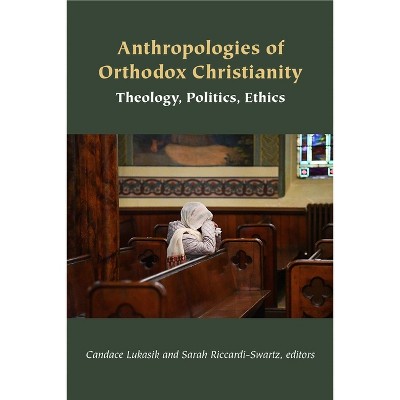Sponsored

A Taytsh Manifesto - by Saul Noam Zaritt
$35.00
In Stock
Eligible for registries and wish lists
Sponsored
About this item
Highlights
- A Taytsh Manifesto calls for a translational paradigm for Yiddish studies and for the study of modern Jewish culture.
- About the Author: Saul Noam Zaritt is Associate Professor of Yiddish literature at Harvard University.
- 240 Pages
- Social Science, Jewish Studies
Description
About the Book
A Taytsh Manifesto calls for a translational paradigm for Yiddish studies, and for the study of modern Jewish culture, that identifies--in Yiddish and beyond--how cultures intertwine, how they become implicated in world systems and empire, and how they might escape such limiting and oppressive structures.Book Synopsis
A Taytsh Manifesto calls for a translational paradigm for Yiddish studies and for the study of modern Jewish culture. Saul Noam Zaritt calls for a shift in vocabulary, from Yiddish to taytsh, in order to promote reading strategies that account for the ways texts named as Jewish move between languages and cultures.
Yiddish, a moniker that became dominant only in the early twentieth century, means "Jewish" and thus marks the language with a single identity: of and for a Jewish collective. In contrast, this book calls attention to an earlier and, at one time, more common name for the language: taytsh, which initially means "German." By using the term taytsh, speakers indicated that they were indeed speaking a Germanic language, a language that was not entirely their own. In time, when the word shifted to a verb, taytshn, it came to mean the act of translation. To write or speak in Yiddish is thus to render into taytsh and inhabit the gap between languages. A Taytsh Manifesto highlights the cultural porousness that inheres in taytsh and deploys the term as a paradigm that can be applied to a host of modern Jewish cultural formations. The book reads three corpora in modern Yiddish culture through the lens of translation: Yiddish pulp fiction, also known as shund (trash); the genre of the Yiddish monologue as authored by Sholem Aleichem and other prominent Yiddish writers; and the persistence of Yiddish as a language of vulgarity in contemporary U.S. culture. Together these examples help revise current histories of Yiddish while demonstrating the need for new vocabularies to account for the multidirectionality of Jewish culture. A Taytsh Manifesto develops a model for identifying, in Yiddish and beyond, how cultures intertwine, how they become implicated in world systems and empire, and how they might escape such limiting and oppressive structures.From the Back Cover
"This provocative book highlights the transnational role of Yiddish over the past hundred years. By emphasizing Yiddish's translational qualities, Zaritt powerfully reimagines the language outside the terms of ethnonational canon-formation."--Amelia Glaser, University of California, San Diego
"A Taytsh Manifesto is a bundle of dynamite shoved underneath the foundational mythologies of modern Yiddish culture and the most exciting, thought provoking book about the present and future of Yiddish in years."--Rokhl Kafrissen, author of A Brokhe / A Blessing A Taytsh Manifesto calls for a translational paradigm for Yiddish studies and for the study of modern Jewish culture. Saul Noam Zaritt calls for a shift in vocabulary, from Yiddish to taytsh, in order to promote reading strategies that account for the ways texts named as Jewish move between languages and cultures. Yiddish, a moniker that became dominant only in the early twentieth century, means "Jewish" and thus marks the language with a single identity: of and for a Jewish collective. In contrast, this book calls attention to an earlier and, at one time, more common name for the language: taytsh, which initially means "German." By using the term taytsh, speakers indicated that they were indeed speaking a Germanic language, a language that was not entirely their own. In time, when the word shifted to a verb, taytshn, it came to mean the act of translation. To write or speak in Yiddish is thus to render into taytsh and inhabit the gap between languages. A Taytsh Manifesto highlights the cultural porousness that inheres in taytsh and then deploys the term as a paradigm that can be applied to a host of modern Jewish cultural formations, from pulp fiction, to the Yiddish monologue, to the persistence of Yiddish as a language of vulgarity. Together these examples help revise current histories of Yiddish while demonstrating the need for new vocabularies to account for the multidirectionality of Jewish culture. A Taytsh Manifesto develops a model for identifying, in Yiddish and beyond, how cultures intertwine, how they become implicated in world systems and empire, and how they might escape such limiting and oppressive structures. Saul Noam Zaritt is Associate Professor of Yiddish literature at Harvard University.Review Quotes
This innovative work makes a positive contribution. . . The readable text has the feeling of an ever bubbling river whose waters run deep. Highly recommended.-- "Choice Reviews"
A Taytsh Manifesto is a fascinating interrogation of literary genealogies as well as a provocative call to new ways of reading Jewish culture. Zaritt's taytsh reading is dangerous, pushing against the safety of well-established borders between vulgar and respectable, high culture and shund, vernacular and post-vernacular, Jewish and European or American. A Taytsh Manifesto is a bundle of dynamite shoved underneath the foundational mythologies of modern Yiddish culture and the most exciting, thought provoking book about the present and future of Yiddish in years.---Rokhl Kafrissen, author of A Brokhe / A Blessing
This provocative book highlights the transnational role of Yiddish over the past hundred years. By emphasizing Yiddish's translational qualities, Zaritt powerfully reimagines the language outside the terms of ethnonational canon-formation.---Amelia Glaser, University of California, San Diego
About the Author
Saul Noam Zaritt is Associate Professor of Yiddish literature at Harvard University. He is the author of Jewish American Writing and World Literature: Maybe to Millions, Maybe to Nobody (Oxford, 2020).Dimensions (Overall): 9.0 Inches (H) x 6.0 Inches (W) x .58 Inches (D)
Weight: .83 Pounds
Suggested Age: 22 Years and Up
Sub-Genre: Jewish Studies
Genre: Social Science
Number of Pages: 240
Publisher: Fordham University Press
Format: Paperback
Author: Saul Noam Zaritt
Language: English
Street Date: October 1, 2024
TCIN: 91227788
UPC: 9781531509170
Item Number (DPCI): 247-51-9853
Origin: Made in the USA or Imported
If the item details aren’t accurate or complete, we want to know about it.
Shipping details
Estimated ship dimensions: 0.58 inches length x 6 inches width x 9 inches height
Estimated ship weight: 0.83 pounds
We regret that this item cannot be shipped to PO Boxes.
This item cannot be shipped to the following locations: American Samoa (see also separate entry under AS), Guam (see also separate entry under GU), Northern Mariana Islands, Puerto Rico (see also separate entry under PR), United States Minor Outlying Islands, Virgin Islands, U.S., APO/FPO
Return details
This item can be returned to any Target store or Target.com.
This item must be returned within 90 days of the date it was purchased in store, shipped, delivered by a Shipt shopper, or made ready for pickup.
See the return policy for complete information.
Trending Non-Fiction

$19.31
was $20.98 New lower price
4 out of 5 stars with 64 ratings

$18.28
was $19.58 New lower price
4.7 out of 5 stars with 15 ratings

$4.59
MSRP $7.99
Buy 2, get 1 free select books
4.8 out of 5 stars with 123 ratings

$6.20
MSRP $10.95
Buy 2, get 1 free select books
4.8 out of 5 stars with 33 ratings

$7.09
MSRP $9.99
Buy 2, get 1 free select books
4.9 out of 5 stars with 46 ratings
